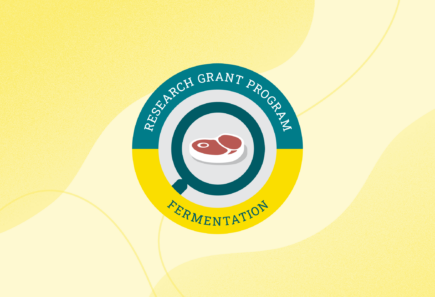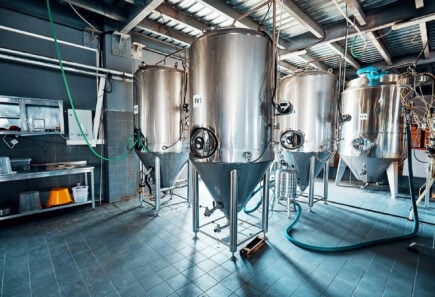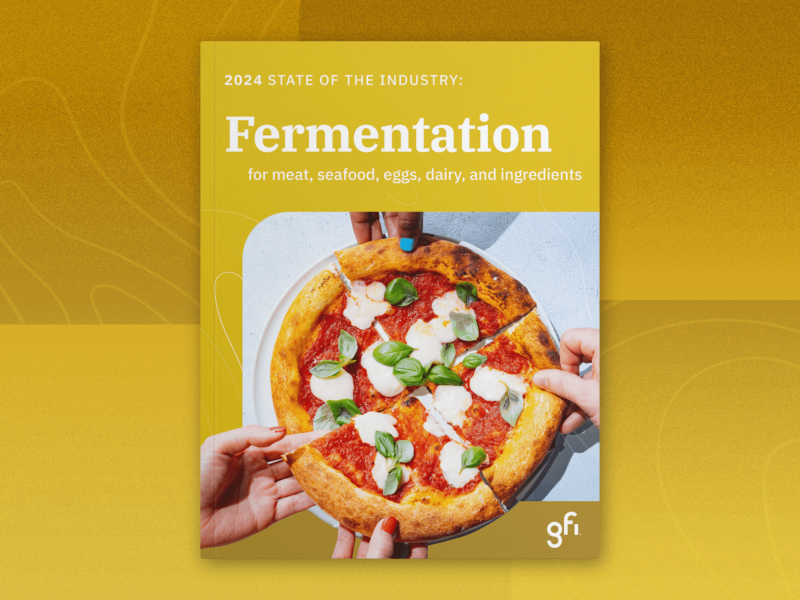Project aims
This project’s goal is to understand and control the texture of fungal mycelium for its use in food applications. This would make filamentous fungi more adaptable to use in whole-cut mycelium-based meats or as scaffolding material for cultivated meat. This will result in a proof-of-concept seafood product created from fermented seaweed.
Principal researcher

Dr. Leonie Johanna Jahn
Team leader, Denmark’s Technical University (DTU) Biosustain, Denmark
Dr. Jahn develops sustainable and healthy food through microbial fermentation, synthetic biology, and upcycling of food by-products. She has also investigated the evolution of antibiotic resistance in bacteria.

Microbial food: The start of something new
Dr. Jahn and her team are using microbes to produce food that is healthy and tastes good, with the ultimate goal of making food production and consumption sustainable.
Related research

Turning mushrooms into fish
Learn about Dr. Olga Lucia Mondragon-Bernal’s research to biomimic fish fillets with fungal proteins at Federal University of Lavras (UFLA).

Oat protein fermentation
Learn about cutting-edge research to use fermented oat protein to develop plant-based meat.

Fermenting flavor bases
Learn about GFI research grantee BZ Goldberg’s work at The Mediterranean Food Lab to develop better flavors for plant-based meat using fermentation.
Explore research opportunities
-
Fermentation
Directed evolution using Raman activated cell sorting
The combination of flow cytometry—which allows single cell analysis and sorting—with Raman spectroscopy—which allows crude biochemical analysis of cells—can be used to develop new strains of microorganisms with enriched protein,…
-
Fermentation
-
Plant-Based
Affordable animal-free omega-3 ingredients for alternative seafood and other alternative protein applications
In order to appeal to health-conscious consumers, alternative seafood products should contain similar omega-3 fatty acids, especially DHA and EPA, content to conventional seafood. Animal-free omega-3 ingredients can be expensive…
-
Fermentation
Novel methods for long-chain omega-3 fatty acid production
As the alternative seafood industry scales up, a low-cost and abundant source of long-chain omega-3 polyunsaturated fatty acids will become necessary. Several means of producing these compounds have been investigated…
Check out related resources

The science of fermentation
Learn about the emerging role of microbial fermentation in building the next generation of alternative protein products.

GFI’s 2020 Symposium on Fermentation: Harnessing Microbial Hosts as Cell Factories
Fermentation can address key sensory challenges in plant-based foods. Learn how today’s innovators are using this technology to create consumer acceptance. Moderated Monica Watrous, Managing Editor at Food Business News.
Panelists include:
Ranjan Patnaik – Chief Technology Officer at Clara Foods
Michael Leonard – Chief Technology Officer at Motif FoodWorks
Tim Geistlinger – Chief Science Officer at Perfect Day

State of the Industry: Fermentation for meat, seafood, eggs, dairy, and ingredients
This report details the commercial landscape, investments, regulatory developments, and scientific progress in the fermentation for alternative proteins industry.

